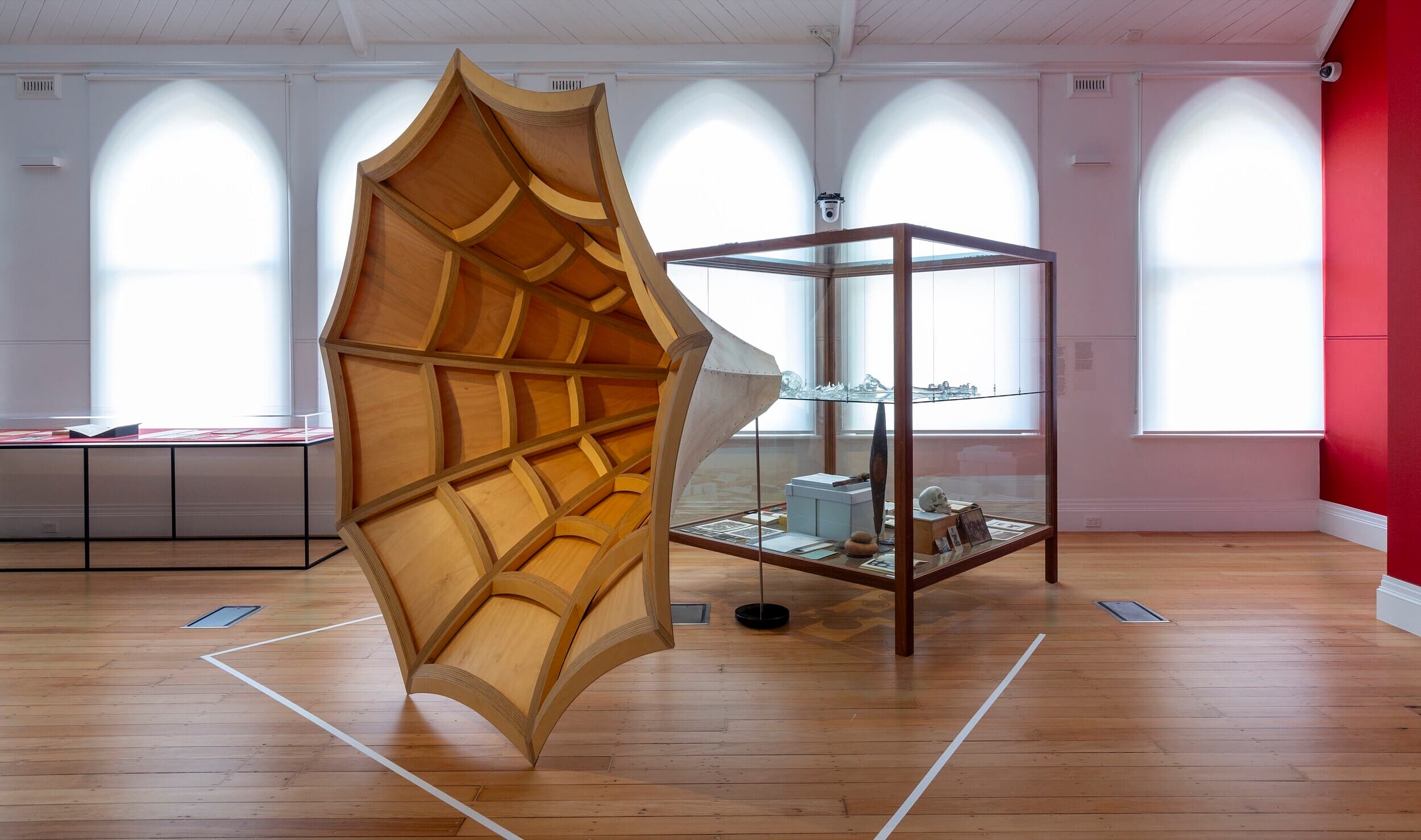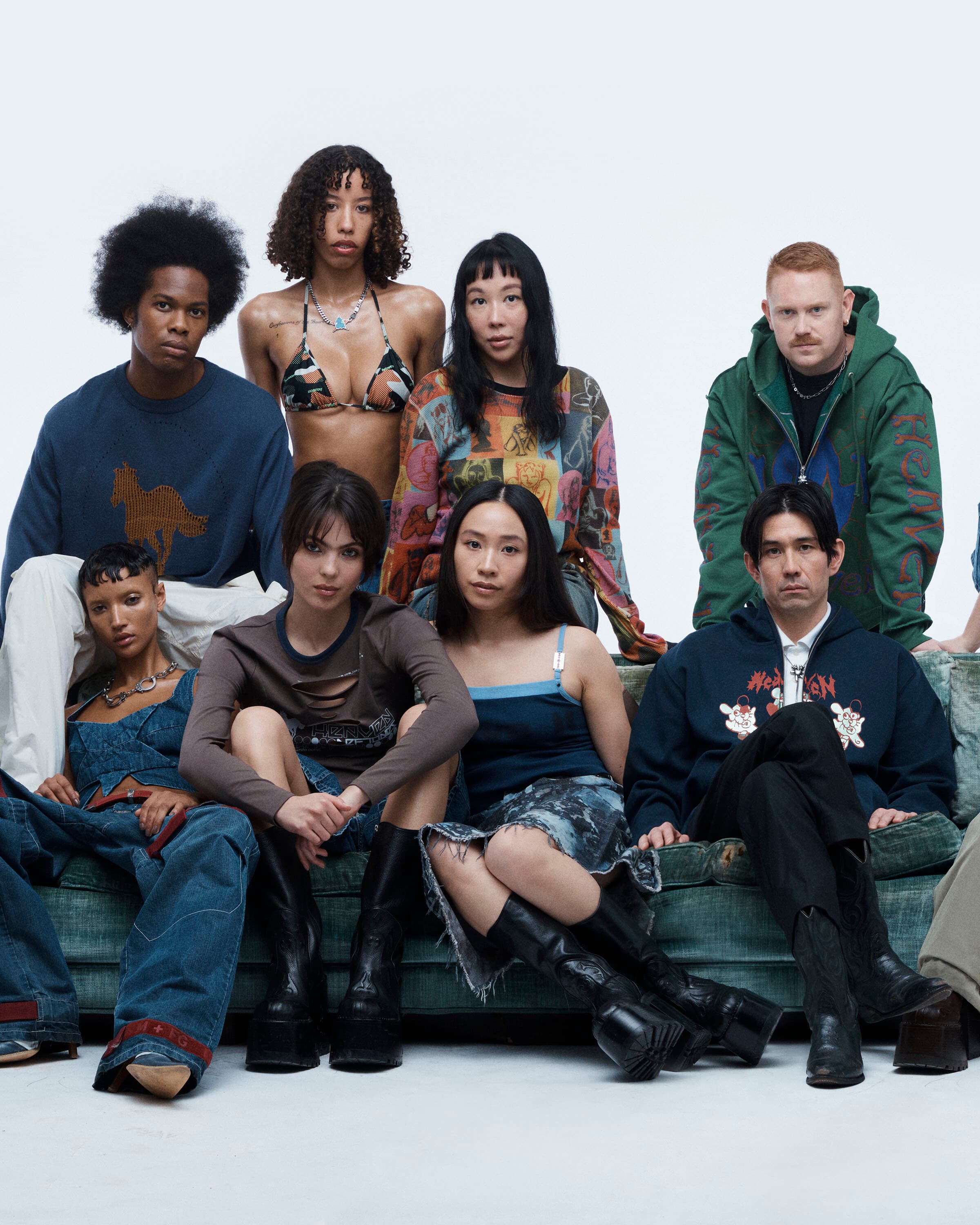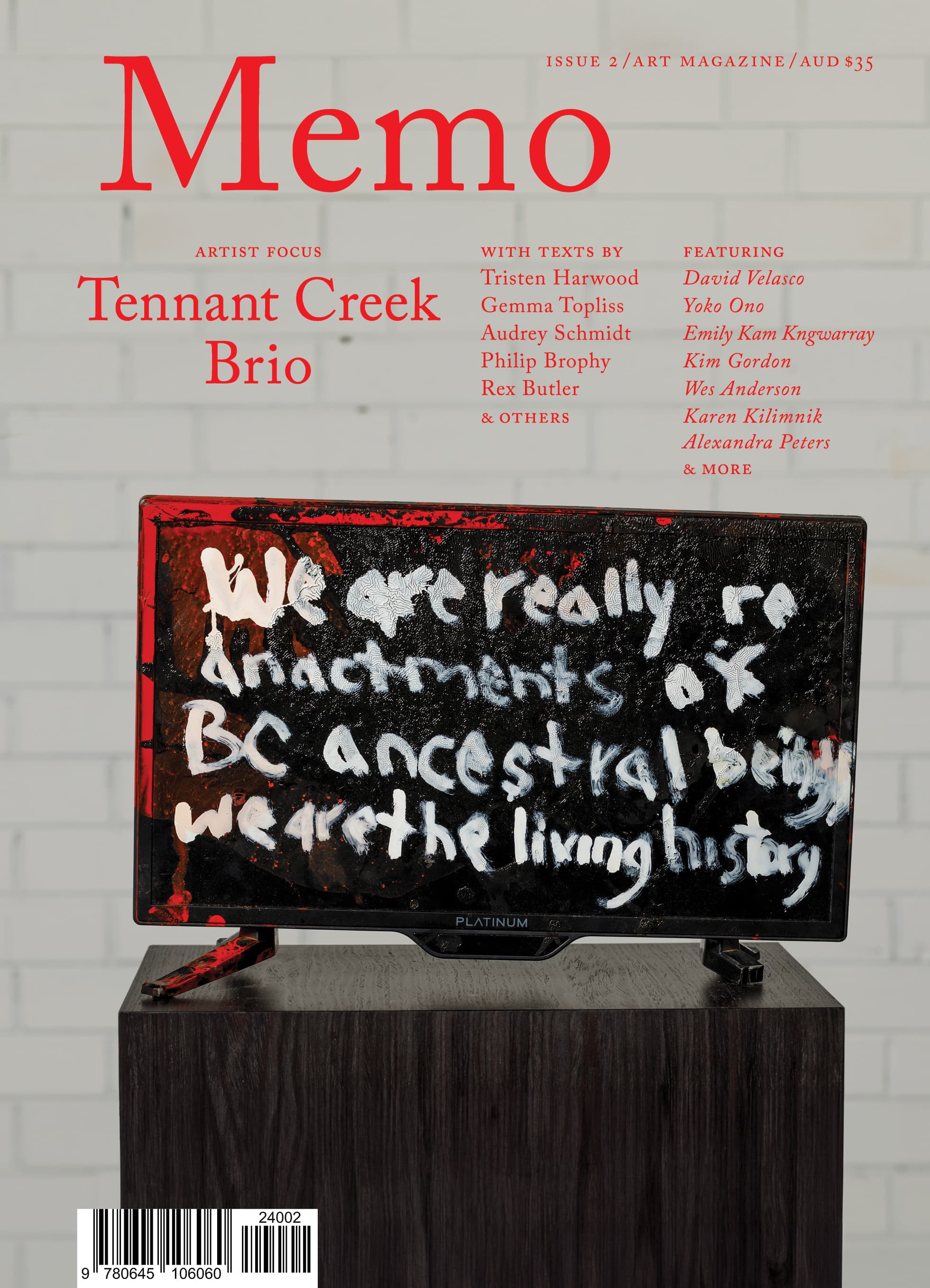Charles Bush’s Donald Duck: Pop Art’s Canary
Before pop, before Warhol, before Hamilton—there was Donald Duck. In a wartime outpost in Papua, Charles Bush painted an eerily prescient vision of mass media’s encroachment. A symptom, not an agent, of pop’s first age, Bush’s work sits uneasily in art history’s timeline.
It’s 1944. Port Moresby, the Territory of Papua. Weary soldiers assemble in shaggy strokes of brown and green transfixed by the glowing screen spilling white light across their slouch hats and stiff shoulders. Their attention is locked on a towering image of Donald Duck. His outlines are clean, his colours unmixed scrappy blocks of sky blue, white, red, and yellow. Unlike the soldiers who are all murky paint daubs and mottled tones, Donald cuts through the open-air night. Crisp. Bright.
Exclusive to the Magazine
Charles Bush’s Donald Duck: Pop Art’s Canary by Jarrod Zlatic is featured in full in Issue 2 of Memo magazine.
Get your hands on the print edition through our online shop or save up to 20% and get free domestic shipping with a subscription.
Related

Potter Museum of Art, 30 May to 23 Nov 2025. Curated by associate provost and distinguished professor Marcia Langton AO, senior curator Judith Ryan AM, and associate curator Shanysa McConville.

Dean Kissick’s Downward Spiral chronicled the art world’s contradictions with the breathless urgency of an end-times prophet. Now, with the column closed and the critic in semi-exile, the question lingers: was he a voice of his generation, or just another scenester burning out on his own myth?

“There’s no path for the magazine to restore trust in its current ownership.” David Velasco and Kate Sutton reflect on the situation with Artforum and its Summer 2024 issue.
